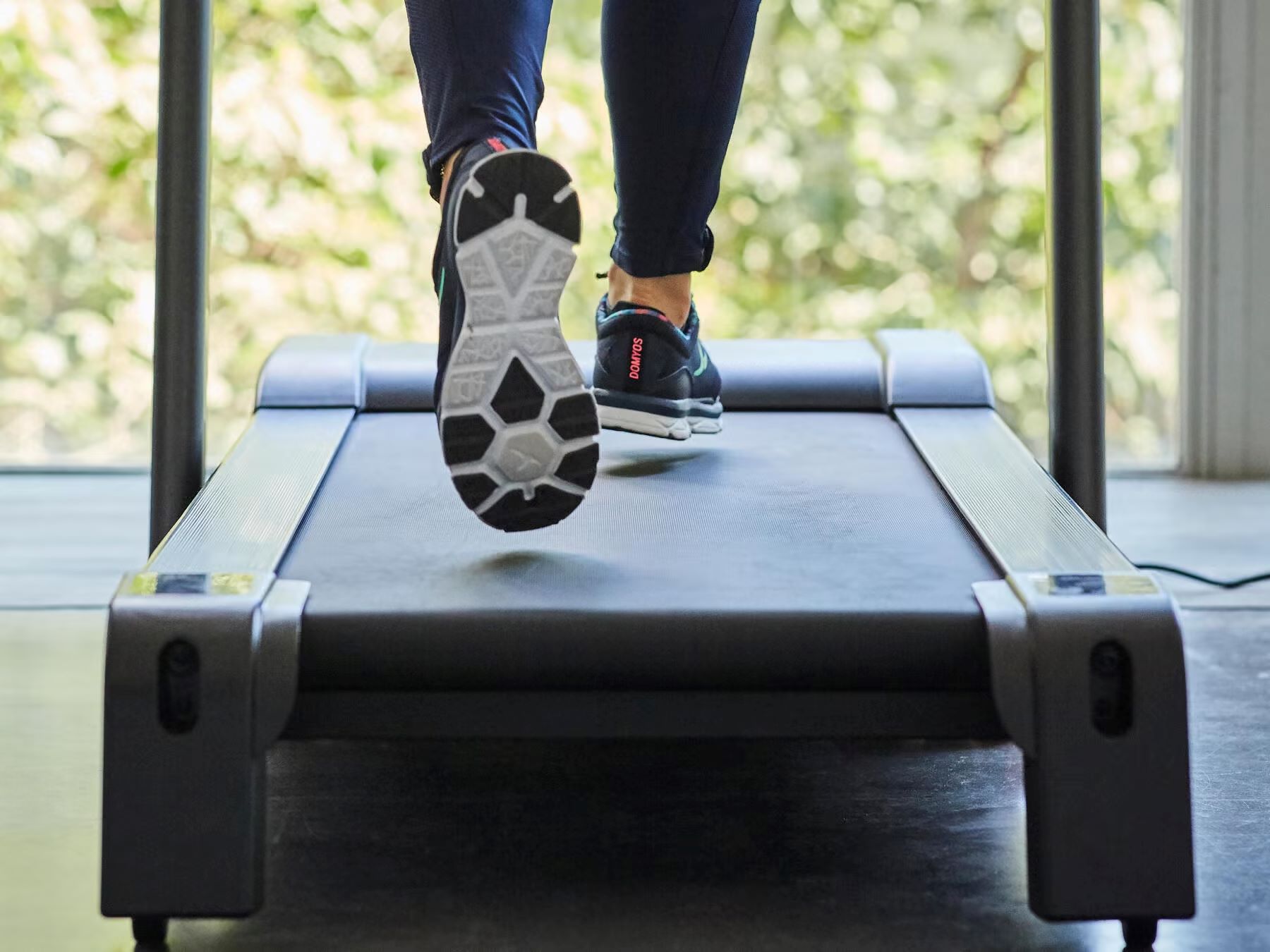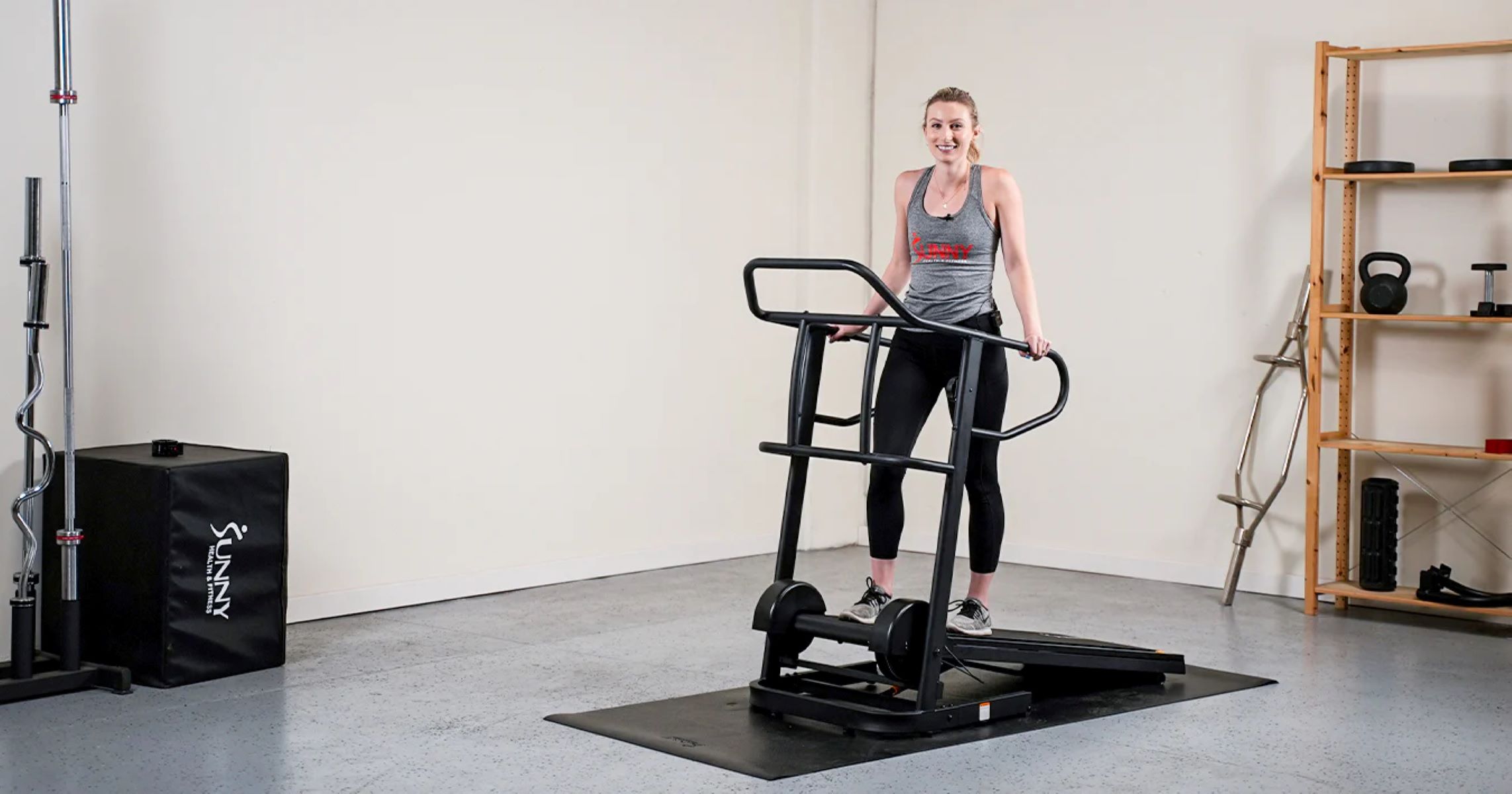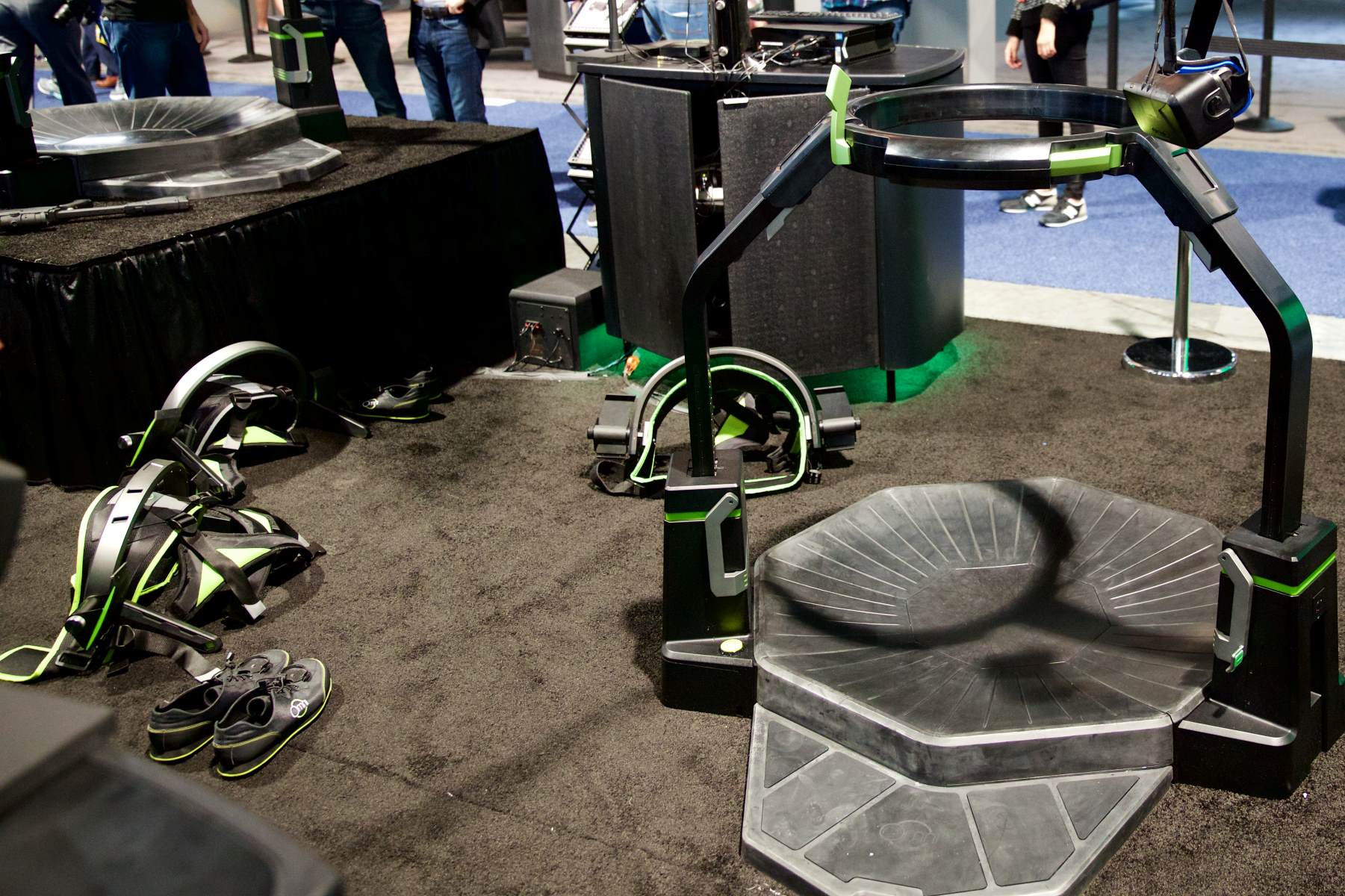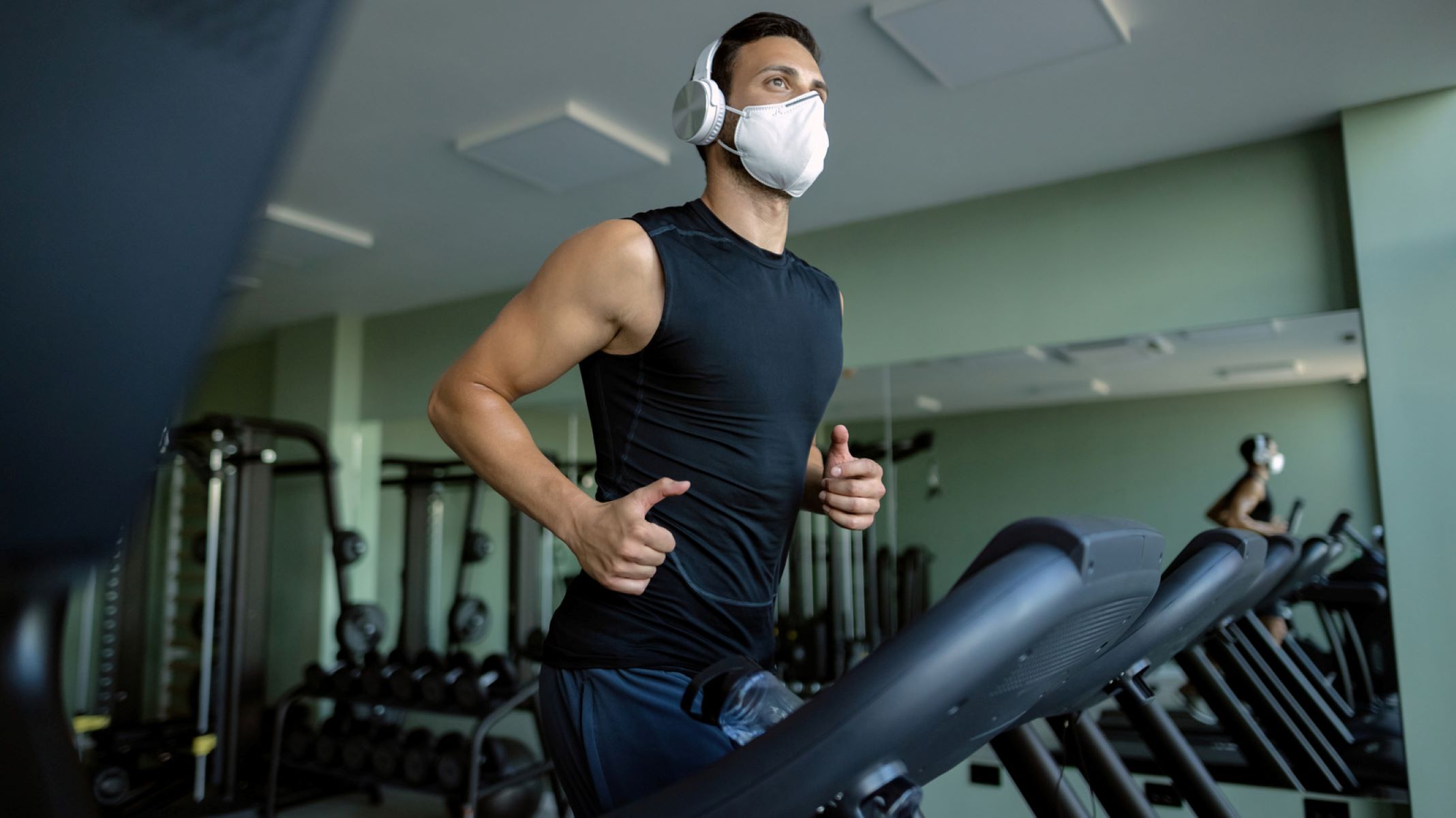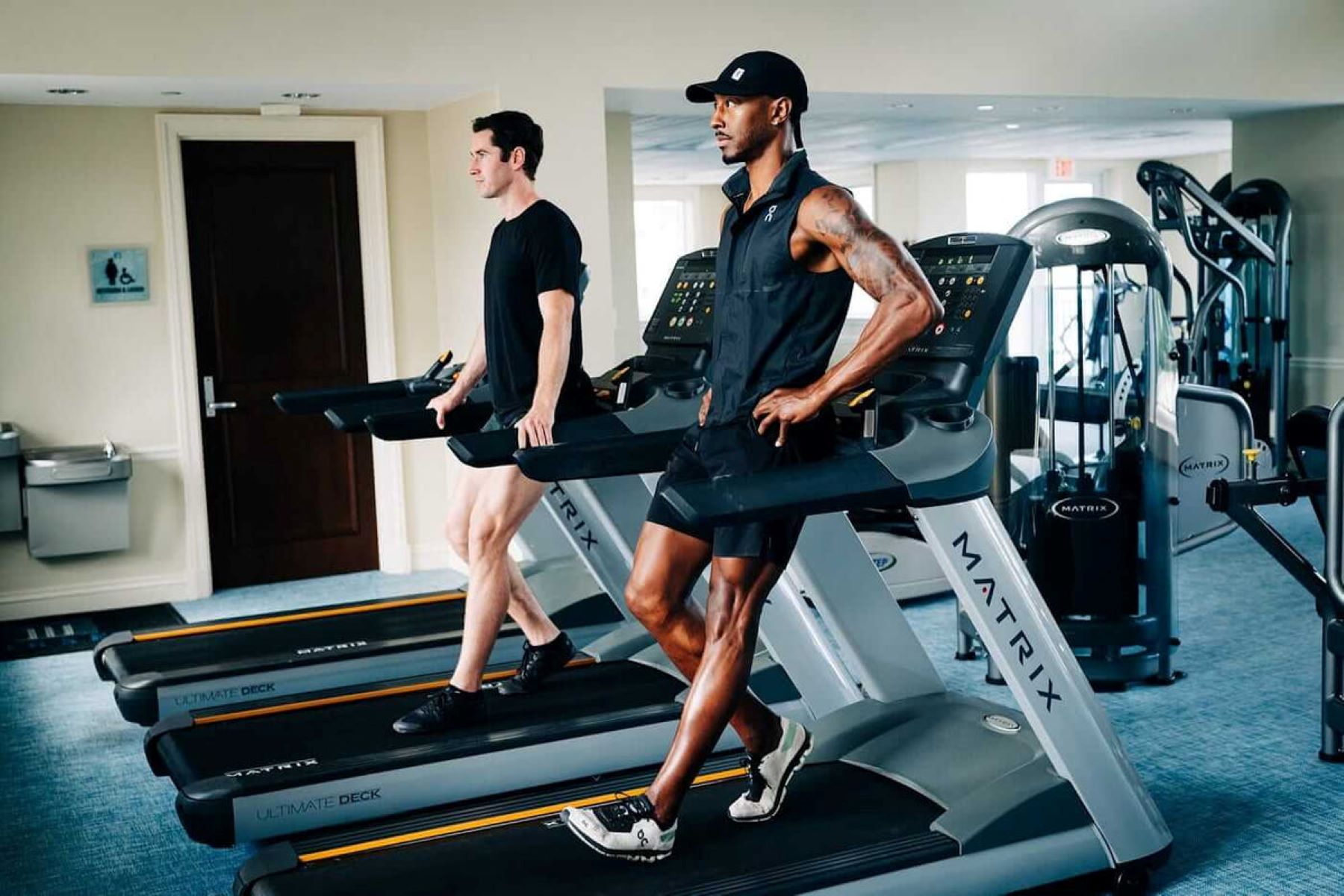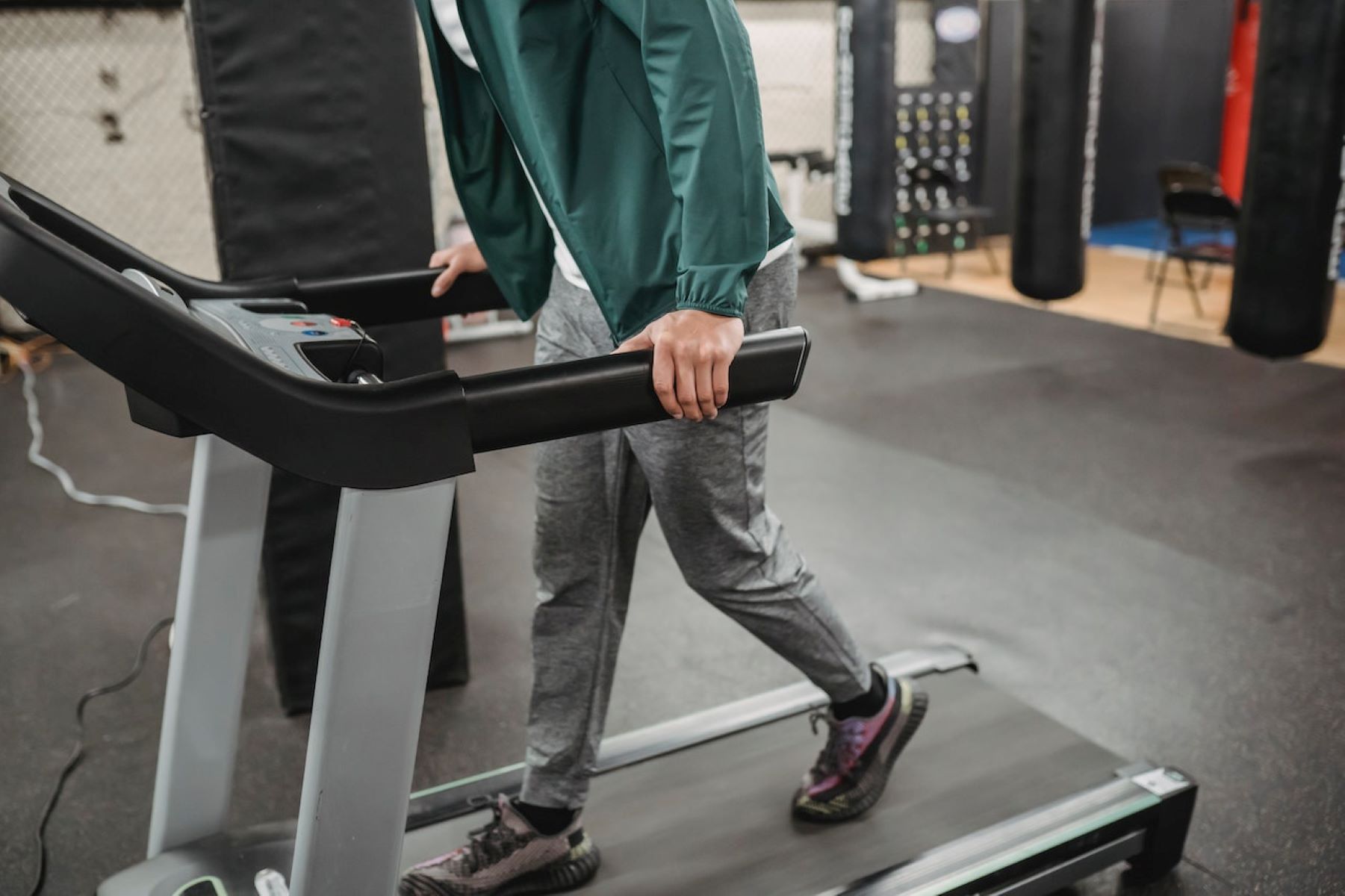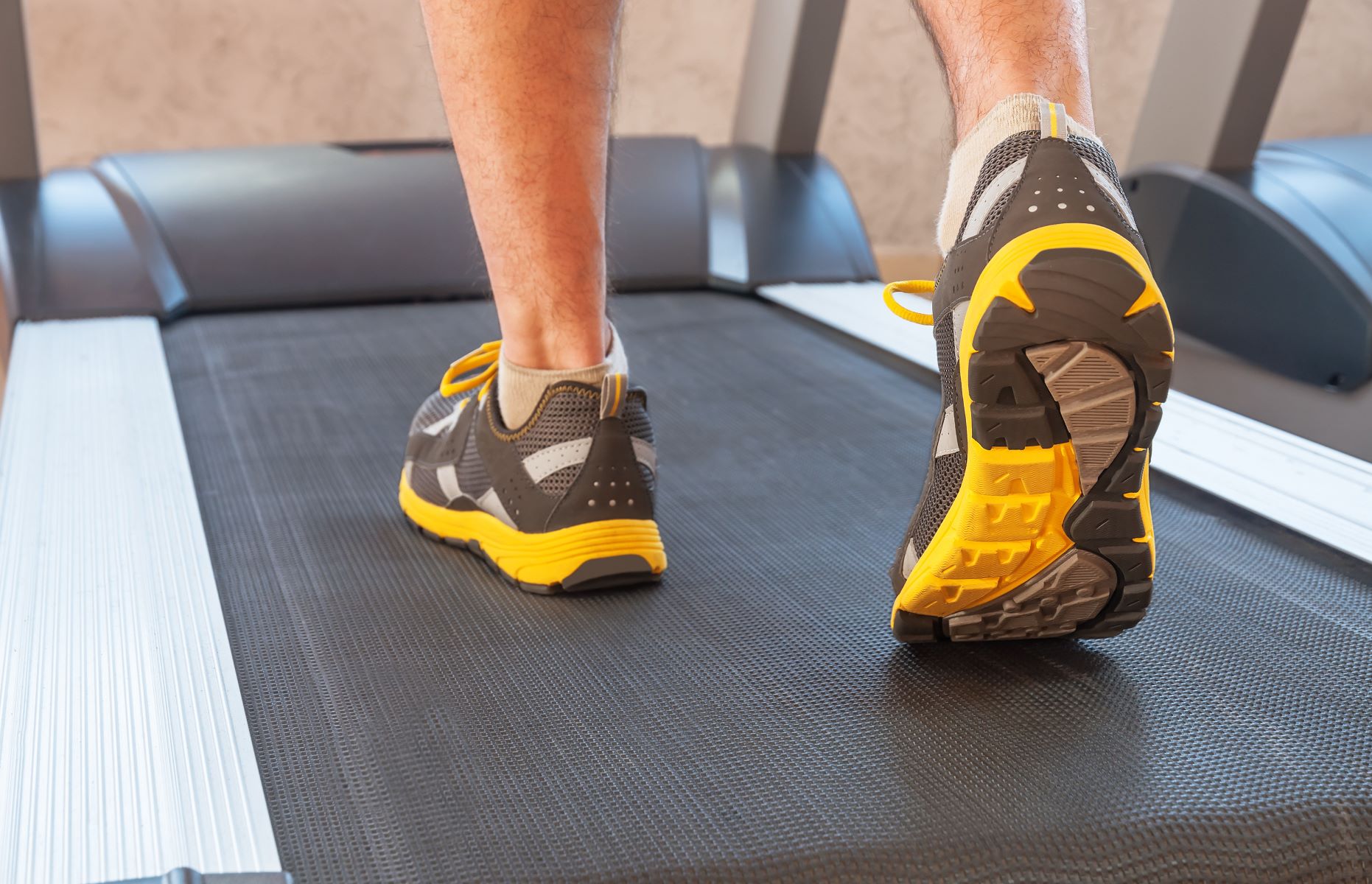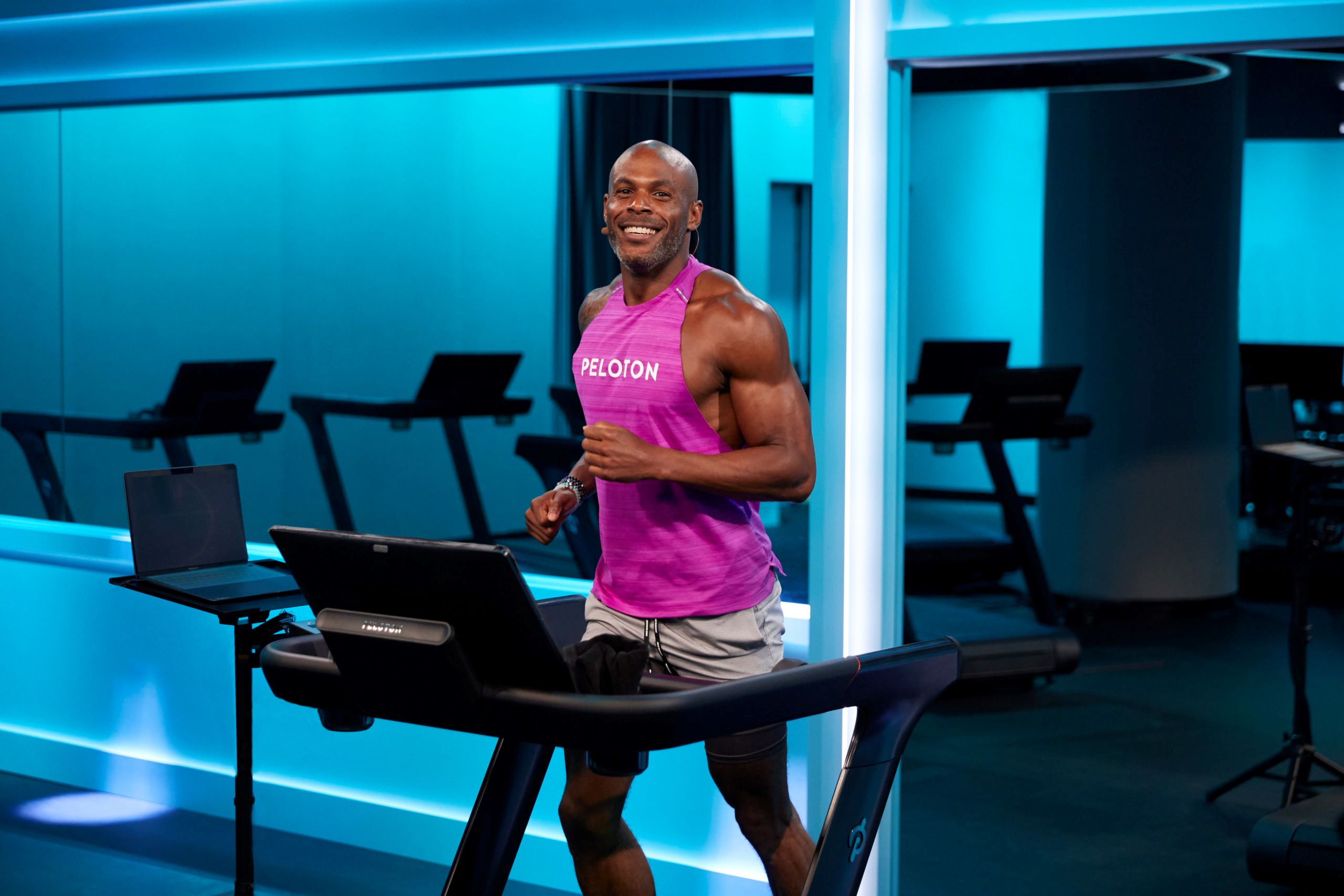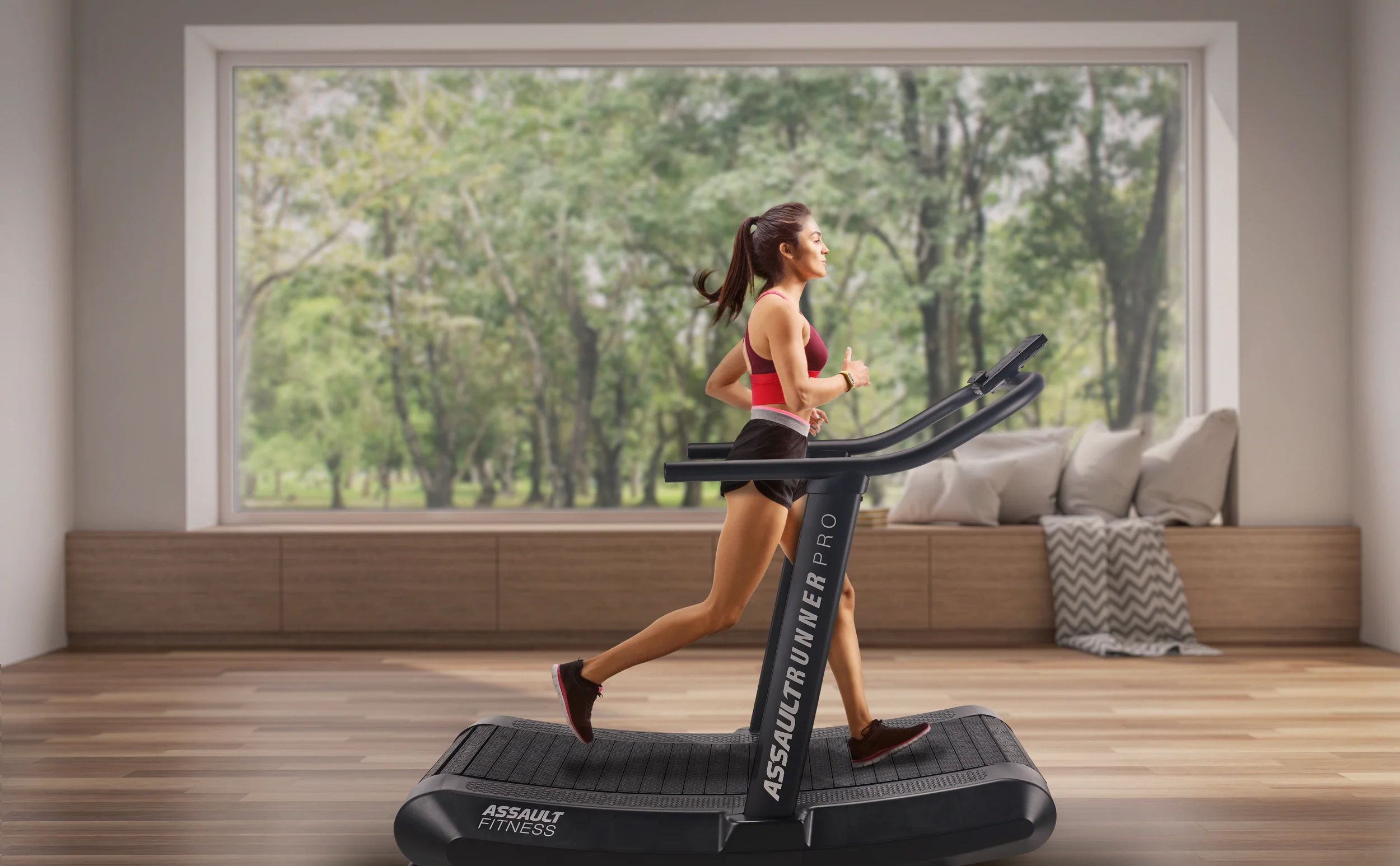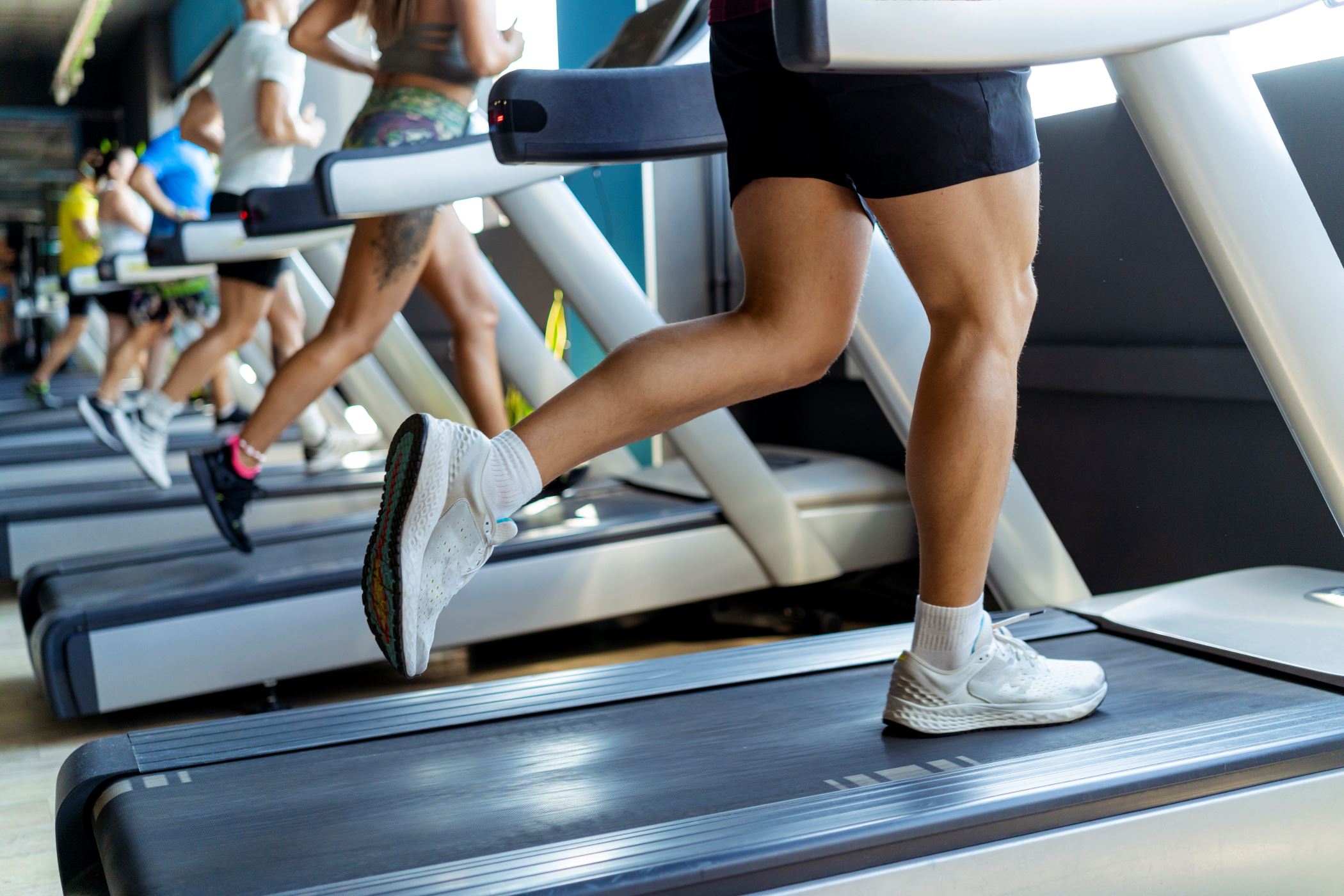

Featured
What Does VT Feet Mean On A Treadmill
Modified: October 25, 2023
Discover the benefits of Vt Feet on Treadmill with our featured guide. Improve your fitness journey and maximize your workout results.
Introduction
Welcome to the world of fitness and exercise! If you have ever set foot in a gym or used a treadmill, you might have heard of the term “VT Feet on Treadmill”. VT Feet stands for Vegetative-Test Feet, a technique that has gained popularity in the fitness community due to its many benefits. Whether you are an athlete, a gym-goer, or just starting your fitness journey, understanding what VT Feet on Treadmill is and how it can benefit you is crucial.
VT Feet on Treadmill refers to a specific foot position and technique used while running or walking on a treadmill. This technique involves placing your feet in a specific manner to ensure optimal engagement of muscles and joints, leading to improved performance and reduced risk of injury. While it may seem like a minor detail, the correct foot placement can have a significant impact on your workout and results.
In this article, we will delve into the definition of VT Feet on Treadmill, explore its benefits, discuss the proper technique, highlight common mistakes to avoid, and provide some essential precautions and safety guidelines to follow. By the end, you will have a comprehensive understanding of VT Feet on Treadmill and be ready to incorporate this technique into your fitness routine.
So, let’s dive in and discover the world of VT Feet on Treadmill!
Definition of VT Feet on Treadmill
VT Feet on Treadmill is a technique used during running or walking on a treadmill. It involves a specific foot placement that optimally engages the muscles and joints, resulting in improved performance and a reduced risk of injury.
The key aspect of VT Feet on Treadmill is the positioning of the feet. Instead of the traditional heel-to-toe stride, this technique requires the individual to land on the midfoot or forefoot with each step. This means that the heel does not make initial contact with the treadmill’s surface, and the weight is distributed more evenly throughout the foot.
By landing on the midfoot or forefoot as opposed to the heel, VT Feet on Treadmill utilizes the body’s natural shock absorption mechanism. This allows for a smoother impact on the joints and prevents excessive stress on the knees, ankles, and hips. Additionally, this foot placement encourages a more efficient transfer of force, promoting better propulsion and forward momentum.
When practicing VT Feet on Treadmill, it is essential to maintain an upright posture with relaxed shoulders and a slight forward lean from the ankles. This alignment ensures proper body mechanics and promotes efficient movement throughout the exercise session.
Overall, VT Feet on Treadmill is a technique that emphasizes a midfoot or forefoot strike instead of a traditional heel strike. By adopting this foot placement, individuals can experience enhanced performance and reduced risk of injury during their treadmill workouts.
Benefits of VT Feet on Treadmill
VT Feet on Treadmill offers numerous benefits that can enhance your treadmill workouts and overall fitness journey. Let’s explore some of the key advantages of incorporating this technique into your routine:
- Improved Running Efficiency: Adopting the VT Feet technique allows for a more efficient transfer of force from your lower body to the treadmill surface. By landing on the midfoot or forefoot, you can minimize energy wastage and enhance your running efficiency. This can result in faster speeds, longer distances, and improved endurance.
- Reduced Impact on Joints: One of the significant benefits of VT Feet on Treadmill is its ability to reduce the impact on your joints. The midfoot or forefoot strike pattern helps distribute the force of each step more evenly, reducing the stress on your knees, ankles, and hips. This can be particularly beneficial for individuals with joint issues or a history of injuries.
- Stronger Lower Body Muscles: VT Feet on Treadmill actively engages the muscles in your lower body, including your calves, quads, and glutes. By landing on the midfoot or forefoot, you activate these muscles more effectively, leading to increased strength, power, and overall muscular development.
- Enhanced Balance and Stability: The VT Feet technique requires an increased level of balance and stability compared to a heel strike. By practicing this technique, you challenge and improve your proprioception, which is your body’s ability to sense its position in space. This can lead to better overall balance and stability, both on and off the treadmill.
- Injury Prevention: Landing on the midfoot or forefoot reduces the risk of common running injuries, such as shin splints and plantar fasciitis. By minimizing the impact force on the joints and improving running mechanics, VT Feet on Treadmill can help prevent overuse injuries and keep you on track with your fitness goals.
These are just a few of the many benefits of incorporating VT Feet on Treadmill into your workouts. Whether you are a beginner or an experienced runner, this technique can have a positive impact on your performance, overall fitness, and long-term health.
Proper Technique for VT Feet on Treadmill
Mastering the proper technique for VT Feet on Treadmill is crucial to maximize its benefits and ensure a safe and effective workout. Here are some key points to keep in mind:
- Foot Placement: Instead of landing on your heels, aim to land on the midfoot or forefoot with each step. This allows for better shock absorption and a more efficient transfer of energy.
- Upright Posture: Maintain an upright posture throughout your workout. Avoid slouching or leaning too far forward, as this can disrupt your balance and proper body alignment.
- Relaxed Shoulders: Keep your shoulders relaxed and avoid tensing them up. This will help you maintain a smooth and fluid running motion.
- Forward Lean: Adopt a slight forward lean from your ankles. This helps promote forward momentum and encourages proper running form.
- Shorter Stride Length: Focus on taking shorter strides instead of overextending your legs. This helps reduce the impact on your joints and improves your overall running efficiency.
- Engage Core Muscles: Activate your core muscles by gently contracting your abdominal muscles. This provides additional stability and support to your trunk while running.
- Breathing Technique: Maintain a steady and controlled breathing pattern. Breathe deeply and rhythmically to provide your muscles with the oxygen they need during your workout.
It’s essential to gradually incorporate VT Feet on Treadmill into your training regimen. Start with shorter intervals and gradually increase your workout duration as you become more comfortable with the technique.
Remember, everyone’s running stride is unique, so it’s important to listen to your body and make adjustments as needed. Experiment with different foot placements and monitor how your body responds to find what works best for you.
Practicing the proper technique for VT Feet on Treadmill will allow you to reap the full benefits of this technique and elevate your treadmill workouts to the next level.
Common Mistakes to Avoid
While incorporating VT Feet on Treadmill into your workouts can be highly beneficial, it’s important to be aware of and avoid common mistakes that can hinder your progress and potentially lead to injury. Here are some common mistakes to watch out for:
- Heel Striking: One of the most common mistakes is reverting back to a heel strike pattern. Remember to focus on landing on the midfoot or forefoot to effectively engage the muscles and joints.
- Overstriding: Overextending your legs and taking excessively long strides can lead to inefficient running mechanics and put unnecessary strain on your body. Aim for shorter, more controlled steps.
- Poor Posture: Slouching or leaning too far forward can throw off your balance and compromise your running form. Maintain an upright posture with a slight forward lean from the ankles.
- Stiff Shoulders: Tensing up your shoulder muscles can lead to unnecessary upper body tension and hinder your running efficiency. Keep your shoulders relaxed and allow for a natural arm swing.
- Ignoring Breathing Technique: Neglecting your breathing technique can result in shallow breathing or holding your breath, depriving your muscles of the oxygen they need. Focus on deep and rhythmic breathing throughout your run.
- Skipping Warm-up: Failing to warm up properly before your treadmill workout can increase the risk of injury. Take the time to warm up your muscles with dynamic stretches and movements to prepare them for the upcoming intensity.
- Excessive Strain: Pushing yourself too hard or increasing the intensity too quickly can lead to overexertion and injury. Listen to your body, gradually progress, and give yourself adequate rest and recovery time.
By avoiding these common mistakes, you can ensure that you are getting the most out of your VT Feet on Treadmill technique and minimizing the risk of injury.
Remember, practice makes perfect. It may take some time to fine-tune your technique and develop the proper muscle memory, so be patient with yourself and stay consistent. Incorporating VT Feet on Treadmill correctly will enhance your running performance and help you reach your fitness goals safely and effectively.
Precautions and Safety Guidelines
While VT Feet on Treadmill can provide numerous benefits, it is essential to prioritize safety and take necessary precautions while incorporating this technique into your treadmill workouts. Here are some important precautions and safety guidelines to keep in mind:
- Consult with a Professional: Before starting any new exercise program or technique, it’s crucial to consult with a fitness professional, such as a certified personal trainer or exercise physiologist. They can assess your fitness level, provide guidance on proper technique, and tailor the VT Feet on Treadmill approach to your individual needs.
- Start Gradually: If you are new to VT Feet on Treadmill, it’s important to start gradually. Begin with shorter intervals or lower speeds to allow your body to adapt to the new foot placement and running mechanics. As you become more comfortable and confident, gradually increase your workout intensity and duration.
- Listen to Your Body: Pay attention to your body’s signals and adjust your intensity or technique as needed. If you experience any pain, discomfort, or excessive fatigue, it is crucial to stop and rest. Pushing through pain can lead to injuries and setbacks in your fitness journey.
- Wear Appropriate Footwear: Choose running shoes that provide adequate support and cushioning for your arch type and running style. The right footwear can help absorb shock and protect your feet and joints during your VT Feet on Treadmill workouts.
- Warm-up and Cool Down: Prioritize a proper warm-up and cool-down routine before and after your treadmill workouts. Dynamic stretching, mobility exercises, and light cardio can help prepare your muscles for exercise and prevent injuries. Cooling down can help gradually reduce your heart rate and prevent post-workout dizziness.
- Stay Hydrated: Drink sufficient water before, during, and after your workouts to stay hydrated. Proper hydration is essential for optimal performance and recovery.
- Gradually Increase Intensity: As with any exercise, it’s important to gradually increase the intensity of your VT Feet on Treadmill workouts. Gradual progression allows your body to adapt and reduces the risk of overuse injuries or burnout.
- Listen to Music or Use Safety Measures: If you enjoy listening to music while working out on the treadmill, ensure that it does not distract you from maintaining proper form and technique. Be aware of your surroundings and consider using safety measures such as attaching an emergency stop clip to your apparel.
By following these precautions and safety guidelines, you can minimize the risk of injury and enjoy all the benefits that VT Feet on Treadmill has to offer. Always prioritize your safety and listen to your body throughout your fitness journey.
Conclusion
Congratulations on exploring the world of VT Feet on Treadmill! By understanding the definition, benefits, proper technique, common mistakes to avoid, and precautions, you are now well-equipped to incorporate this technique into your treadmill workouts with confidence and safety.
VT Feet on Treadmill offers a range of benefits, including improved running efficiency, reduced impact on joints, stronger lower body muscles, enhanced balance and stability, and injury prevention. By landing on the midfoot or forefoot, you engage the muscles and joints more effectively, leading to better performance and reduced risk of injury.
Remember to focus on foot placement, maintain an upright posture with relaxed shoulders, adopt a slight forward lean, and engage your core muscles. Avoid common mistakes such as heel striking, overstriding, and poor posture.
Precautions and safety guidelines are vital to ensure a safe and effective workout. Consult with a professional, start gradually, listen to your body, wear appropriate footwear, and prioritize warm-up, cool-down, hydration, and gradual intensity increase. Additionally, staying aware of your surroundings and using safety measures, such as attaching an emergency stop clip, are important.
Now that you have a comprehensive understanding of VT Feet on Treadmill and how to incorporate it into your workouts, it’s time to hit the treadmill and experience the benefits firsthand. Whether you are a beginner or an experienced athlete, implementing this technique can take your treadmill workouts to new heights, improve your running efficiency, and contribute to your overall fitness journey.
So lace up your running shoes, practice the proper technique, and enjoy all the benefits that VT Feet on Treadmill has to offer. Happy running!
